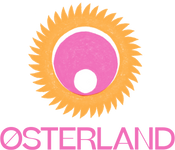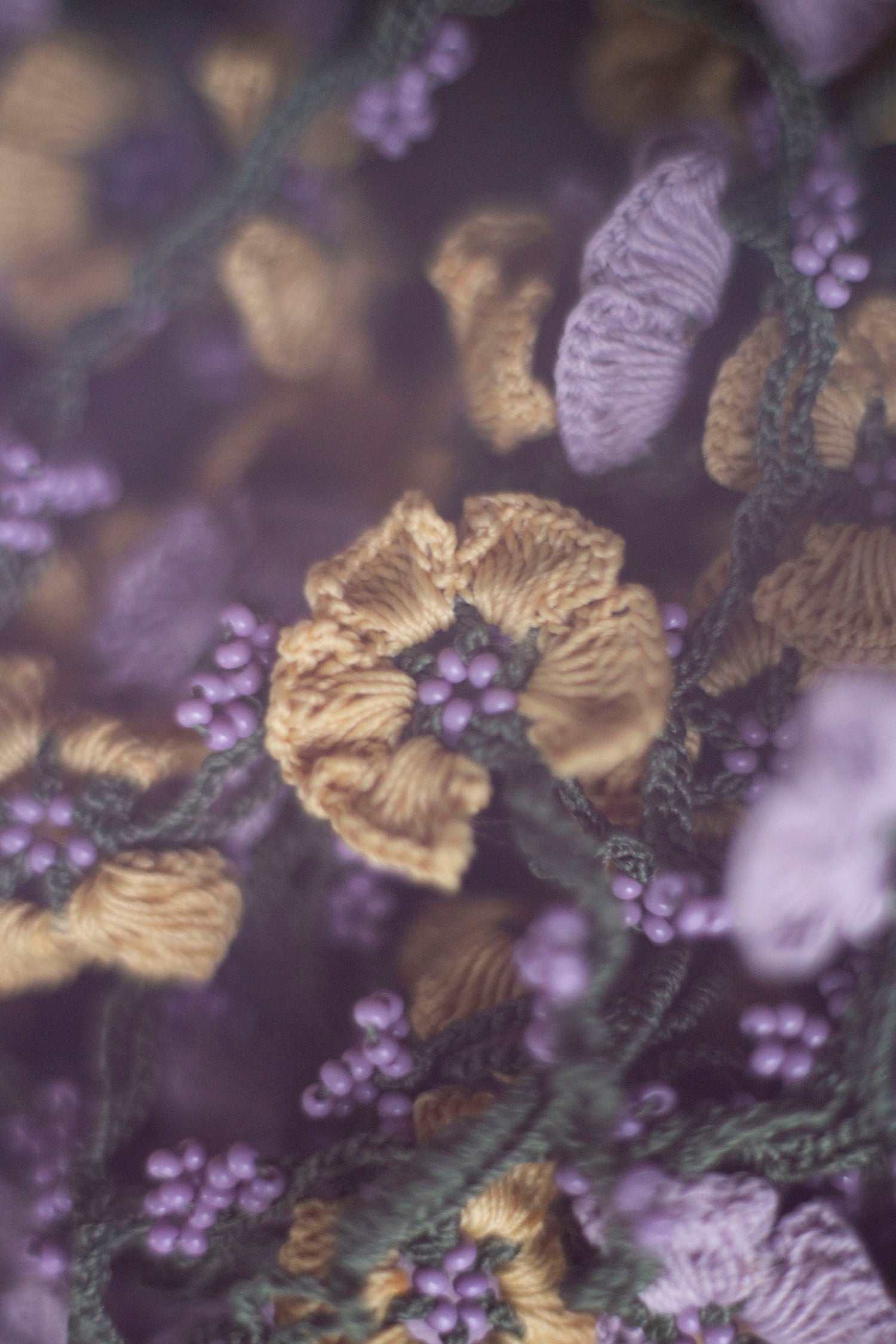By Idil Asan
The Turkish coastal town Antakya (Antioch) located on the banks of the Orontes River to the south-east of Turkey, bordering Syria, is often described as having been at the ‘crossroads of civilisations’, eliciting the imagery of an intersection for peoples, beliefs, cultures, and conquerors. Infused in history and mythology, the ancient city’s foundation goes back to 300 BC. Antakya was also a passageway. It was part of the ancient Silk Routes where trade crafts passed through to reach the Seleucia Sea port on the Tigris River. Particularly spices. Undoubtedly, this also shaped Antakya’s gastronomic identity. Today the culinary landscape of this border town defies any categorisation.
Yılmaz Büyükaşık was born in the 1970s in Antakya. The Büyükaşık family who learned weaving from Armenians in Aleppo has been continuing weaving along silk production since the 1930s. Yilmaz is a proud owner of an atelier and a beloved father. He is also a great chef, as certified by his three daughters. As part of the ‘food and heritage’ series, we talked with Yılmaz to hear more about his newly found love for cooking as the historic city recovers from the devastating earthquake on February 6, 2023.
A childhood memory of a special homemade meal…
Vegetables we would harvest from the garden or from the riverbed. My grandparents would make it for breakfast, lunch, and dinner. We would eat it with eggs or make katıklı ekmek. I don’t remember what it was exactly, a vegetable similar to spinach or watercress. We would eat it all the time!
My go-to recipe is….
I never used to cook before. My wife would. She passed away recently, and it’s just me and my daughters. Now I cook all the time, I have to. I love çökelek. I place the çökelek in a glass jar and add olive oil on top. I seal it and leave it for 3-4 days. I love eating it with tomatoes and peppers. Sometimes I chop it into tiny pieces and make katıklı ekmek from it.
My daughters love my güveç. I make it with beef, sometimes chicken. You add onions, potatoes, peppers, tomatoes, and garlic. Of course, pepper and tomato paste. Then I take it to the taş fırın in the neighbourhood. It’s one of the 3 stone ovens that survived the earthquake. Everything else is destroyed, in ruins. I leave the güveç there for 2 hours to cook, as I take a stroll around town with my daughters.
Life after the earthquake…
Life became difficult after the earthquake. Especially for the first 2-3 months. But then things started picking up. People are selling produce on the sidewalks, or from the gardens of our friends and neighbours. Mostly things they grow themselves.
Especially olives. There are lots of olive trees here. I make salamura. We use an old method, we steep the olives in wood ash (odun külü). Ash from a wood burning stove. I let the olives soak in a mixture of ash and water.
A lesser-known food of Hatay…
Walnut jam, aubergine jam, and kebet jam. Made especially by the Armenian community.
An ingredient I could never live without in my kitchen…
Thyme and dried mint, and all kinds of ‘greens’!
Something I recently learnt how to make…
Home-made tomato sauce. Before my wife passed away, she would prepare jars of tomato sauce for the winters. Last summer we made some together, but this year I made it by myself. It was difficult, but I had help from my cousin.
Recently my daughters wanted pickle juice from me. ‘You know how to make it!’ they said, I told them I would try. The cucumbers in Hatay are very tasty, very juicy. I took some cucumbers and green peppers from Samandağ to my cousin’s kitchen. She said she would help me. It turned out to be delicious!
What I enjoy cooking most…
I love cooking menemen for my daughters. I make it with tomatoes and spring onions. Only if I am making it for myself, I add some Samandağ peppers. It’s spicy.
A food, ingredient, or smell that I connect to Hatay…
Humus and Kağıt Kebab.




